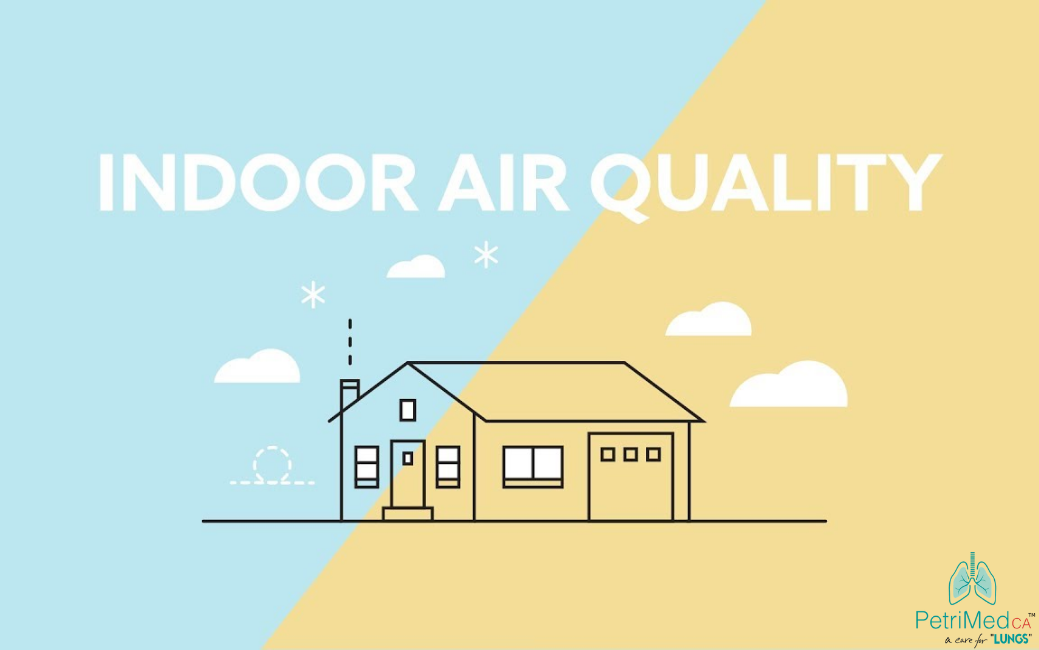The Impact of Molds on Indoor Air Quality: An Overview of How You Can Beat Pollution
11 Jan 2022
· Molds are reproduced from the microscopic biological particles that are present in indoor environments
· The most common types of indoor molds are cladosporium, penicillium and aspergillus
· Molds can trigger asthma, allergies and other respiratory issues if residents are exposed to them for a long time
People who are allergic to mold and other fungi can experience the symptoms of sneezing, irritation, runny nose, and skin rash. They may also feel shortness of breath. Allergic reactions happen only if an individual is exposed to the fungus or other biological allergens repeatedly
Molds are a common type of fungus that grow in moist or damp environments. Molds are reproduced from the microscopic biological particles that are present in indoor environments. The most common types of indoor molds are cladosporium, penicillium and aspergillus, which can trigger asthma, allergies and other respiratory problems if the residents are exposed to these spores for a long time.
The Centers for Disease Control (CDC) concluded in its study that people who are sensitive to mold can feel some asthma symptoms. The World Health Organization (WHO) has also found that the existence of biological pollutants can worsen some respiratory complications in case of prolonged exposure to mold and mold spores.
Mold Reactions: Who's Vulnerable?
People who are allergic to mold and other fungi can experience the symptoms of sneezing, irritation, runny nose, and skin rash. They may also feel shortness of breath. In addition to the people with allergies, following are more vulnerable:
· Newborn babies and children
· Elderly people
· People with a weak immune system
· People undergoing chemotherapy
· People with HIP infection or liver disease
· People with chronic lung problems
Allergic reactions happen only if an individual is exposed to the fungus or other biological allergens repeatedly. Often, people who are not vulnerable to any allergic reactions at all, may unexpectedly start experiencing allergies in case of repeated exposure to the allergens.
Neutralizing the Source of Biological Impurities:
There is no practical measure to eliminate the biological contaminants indoor unless you have a mechanical solution to neutralize the sources of dampness and moisture. The key to mold elimination from the indoor environment is damp control. With the increasing threat of air pollution in Delhi and nearby places, it is crucial to go for some effective measures to check the impact of indoor air pollution.
Some of the effective actions for mold control include:
· Fix the leaky roof and plumbing
· Ventilate the roof space to stop molds from sprouting
· Disinfect the basement floors regularly
· Use exhaust fans in the kitchen and bathroom to reduce the growth of biological pollutants
Use an Advanced Air Purification System to Nourish Indoor Air:
Using a complete air purification system, together with following other precautionary measures, can provide an effective and enduring solution to the increasing threats of indoor biological contaminants.
[Greater understanding of the mechanisms underlying sensitization to allergic disease can offer new strategies to control allergic airway disease, especially asthma. A global epidemic of asthma, including a sharp increase in developed countries since the 1960s, affects about 300 million children and adults worldwide.
– A study by the University of Alabama at Birmingham]
It must be noted that most of the advanced air treatment devices come featured with a HEPA filter that can trap most mold spores in the air, larger than 0.3 microns. But nourished and clean air is essential to stopping the microbes from growing indoor. But it can be possible only if you invest in an advanced system instead of buying an ordinary home air purifier.
PetriMed CA Air Purification System would be a perfect solution for reducing the impact of biological impurities. It is a fully-loaded system with 3-storey purification mechanism based on filtration, UV-C disinfection, and ionization. Fitted with a HEPA-H14 filter along with a washable anti-bacterial pre-filter, activated carbon zeolite filter, UV-C disinfector, and built-in ionizer, it is capable of trapping 99.999% of the pollutants (which is more than the filtration efficiency recommended for medical facilities).
For efficient filtration of mold spores, look no further than an advanced air purification system like PetriMed CA APS 400 as it not only eliminates the biological impurities, but is also efficient to remove odors, secondhand smoke, and other gaseous pollutants from the air.
